In Mickey 17, Bong Joon Ho returns with a clone (or two) of an idea that feels both futuristic and strangely familiar. It’s his first feature since the Oscar-sweeping rodeo Parasite, and if you were hoping for another takedown of class systems, wrapped in genre and spiked with satire, good news: he’s back at it, bad news: he doesn’t quite succeed. And this time, we’re not in a semi-basement – we’re in space. On an ice-cold, faraway planet. With alien creepers, killer viruses, and Robert Pattinson getting repeatedly blown to bits.
It’s dark. It’s weird. Occasionally funny. Often bloated. Mickey 17 is an ambitious cocktail of Bong’s cinematic obsessions – Snowpiercer’s class commentary, Okja’s ecological plea, The Host’s creature-feature energy, and yes, the comedic absurdity that runs through everything he touches.
The story unfolds on a colonial spaceship tasked with populating and exploring a distant planet – wonderful production design by Fiona Crombie. Onboard, society looks familiar: there are leaders, scientists, soldiers – and expendables. Robert Pattinson’s Mickey is one of them. Voluntarily signed up. Didn’t read the fine print.
That’s where it gets fun. Or horrific. Or both.
Mickey is assigned to dangerous missions no one sane would want – because, you see, when he dies, a new Mickey is printed. Cloning technology ensures that the body is disposable, but the personality and memories (well, most of them) live on. The catch? Mickey 17 survives a seemingly fatal mission… while his new clone gets printed.
This is where Bong adds his signature flair. The notion of “expendability” becomes both literal and metaphorical. Mickey 17’s reluctant sacrifice echoes every underpaid essential worker who gets a pat on the back and a pink slip. And while the spaceship’s leaders offer grand speeches about duty and bravery, it’s clear: the system doesn’t just allow exploitation. It runs on it.

Source: Game Channel
Let’s talk Pattinson. His comedic timing in Mickey 17 might surprise those still stuck on his brooding Twilight past (or his deeply internal turn in The Lighthouse). Here, he’s awkward, goofy, a bit pathetic – but very endearing and entertaining. The film shines most when it lets Pattinson lean into physical comedy and lets him make weird sounds. Watching him fall, flail, freeze, and argue with himself (literally, more on that soon) is a strange delight.
Back to the plot: Mickey 18 arrives. While Mickey 17 is still alive.
18 is the latest clone. He’s cocky, selfish, horny, and, frankly, a jerk. Yet he’s still Mickey. An illegal clone – because, you guessed it right, duplicates are not allowed.
That’s the twist. Bong uses the two Mickeys – one reserved and polite, the other assertive and cruel – to show us the spectrum of self. Love it! They’re genetically identical but show different dominant emotions and character traits. Jekyll and Hyde, Yin and Yang, Tapioca Pudding and Risotto.
The romantic subplot brings even more tension: Naomi Ackie’s Nasha, Mickey’s partner, is forced to confront the fact that she now has two versions of her boyfriend… and she has to somehow love both. (Romantic poly-cloning isn’t easy, apparently.)
Unfortunately, while Ackie is a wonderful stage actor, her performance here feels overly theatrical. Gestures are grand. Emotions dialed up to eleven. In a film full of subtle despair and deadpan comedy, her energy often breaks the spell. The same goes for Steven Yeun’s character, who’s charming but underused – a bit confusing as of what part he plays in this story. At the beginning, he runs a macaron shop with Mickey (yes, really), but his role feels more like a failed attempt at narrative flavoring than a fully baked subplot.
Visually, Mickey 17 is stunning. Again, Crombie’s production design turns the sterile ship interiors into atmospheric corporate dreamscapes. The recruiting center, the arctic wasteland and the hordes of “Creepers” are all meticulously crafted.
Cinematographer Darius Khondji (working with Bong for the first time) gives the film a slick noir sheen. It’s not your usual sci-fi glow. It’s grainy, grounded, almost intimate. For a story set in the future, it somehow feels haunted by the past.
And then there are the “Creepers” – alien lifeforms partially designed by Bong himself. Slimy, unsettling, and oddly loveable, they serve as both monsters and metaphors: a part of the ecosystem this colonialist crew wants to conquer, dissect, and profit from. (Sounds familiar?) As well as a strong metaphor for migration and our approach to everything and everyone different from us.
Snowpiercer ran on class warfare. Okja asked us to question our food chains and climate change. Parasite slid its knife between the ribs of late capitalism.
Mickey 17 tries to do all of the above – but it sometimes shouts where it should whisper.

Source: Odyssey Pictures
The messaging becomes heavy-handed in parts. Capitalism is bad. Politicians are power-hungry. Humanity is short-sighted. These are worthy points, but Bong Joon Ho, a filmmaker usually praised for nuance and layered storytelling, occasionally leans too far into exposition. Subtlety takes a backseat. And then it gets run over by a clone in a jumpsuit.
It’s as if Bong – angry, inspired, possibly exhausted – wrote this one with clenched fists. That is a risky approach. And for all its visual dazzle and narrative ambition, Mickey 17 begins to buckle under its own weight. It drags. People check their phones. Some even leave. The story thins. The jokes fizzle. The plot holes become as frequent as holes in a piece of emmental cheese.
One of the film’s most surreal and unexpectedly hilarious moments comes when Toni Collette and Mark Ruffalo, playing an annoying, power-driven couple in charge of the mission, host a dinner with Mickey. They’re chewing steak, chewing scenery, and chewing through political power games with terrifyingly cheerful menace.
Ruffalo, in particular, seems to have had the time of his life while making this movie. He’s manic, erratic, although – often – becomes too much of a caricature / parody.
To sum up, Mickey 17 isn’t tidy. It isn’t perfect. It’s not Parasite 2.0, and that’s okay. It shouldn’t be.
It’s a messy, ambitious, often self-sabotaging sci-fi ride with moments of brilliance buried in chaos. Like a macaron filled with dynamite, you never quite know what you’re biting into. But Robert Pattinson – dying, dancing, duplicating – remains magnetic throughout. Clearly, he is one of the most exciting actors of his generation.
Catch Mickey 17 (and 18…and the rest) at your local movie theatre.
~ by Dora Endre ~

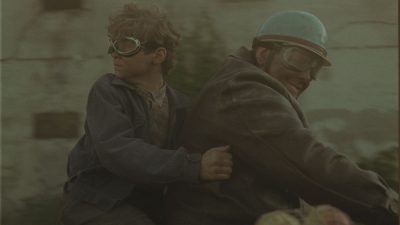
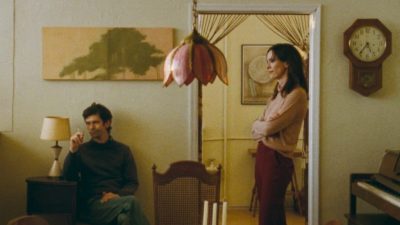
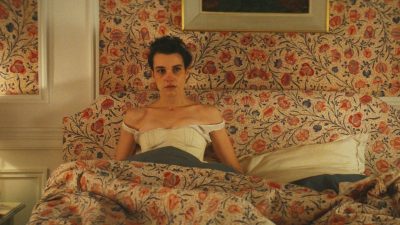
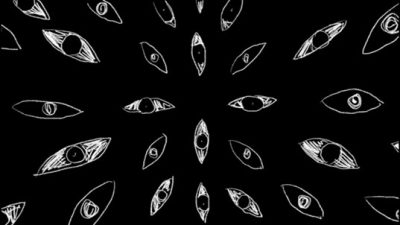
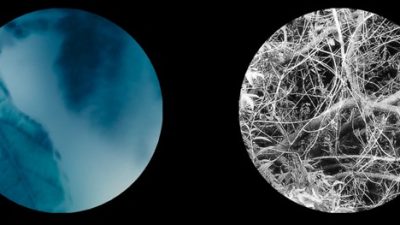
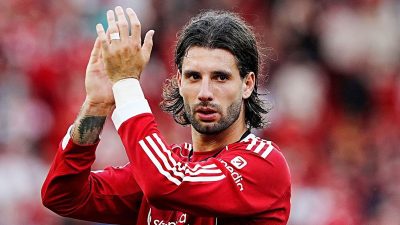
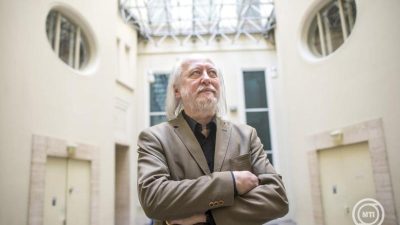
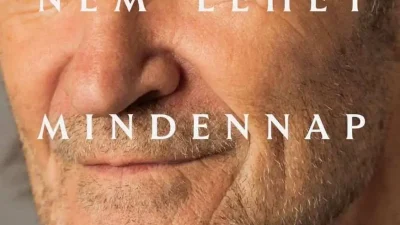
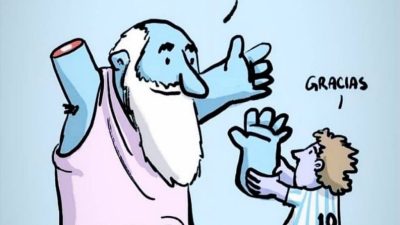
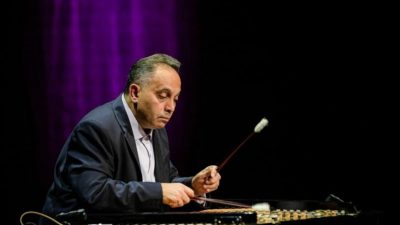
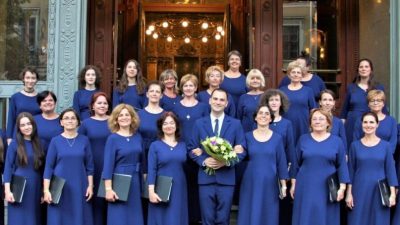

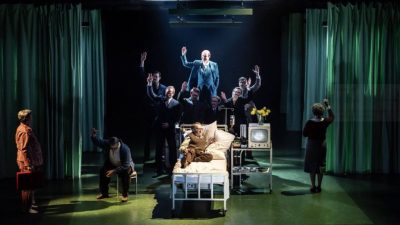
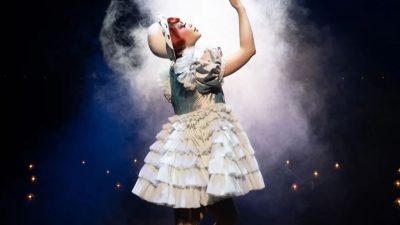
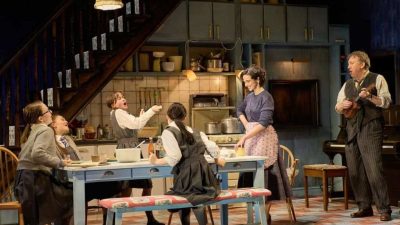



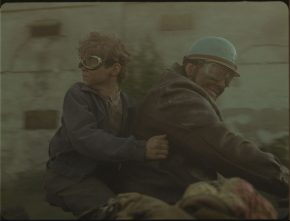
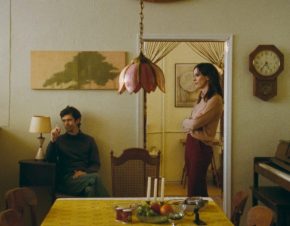
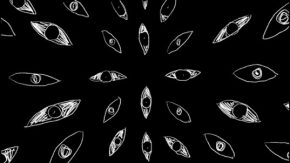
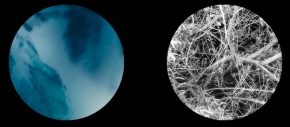
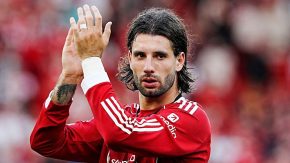

Comments